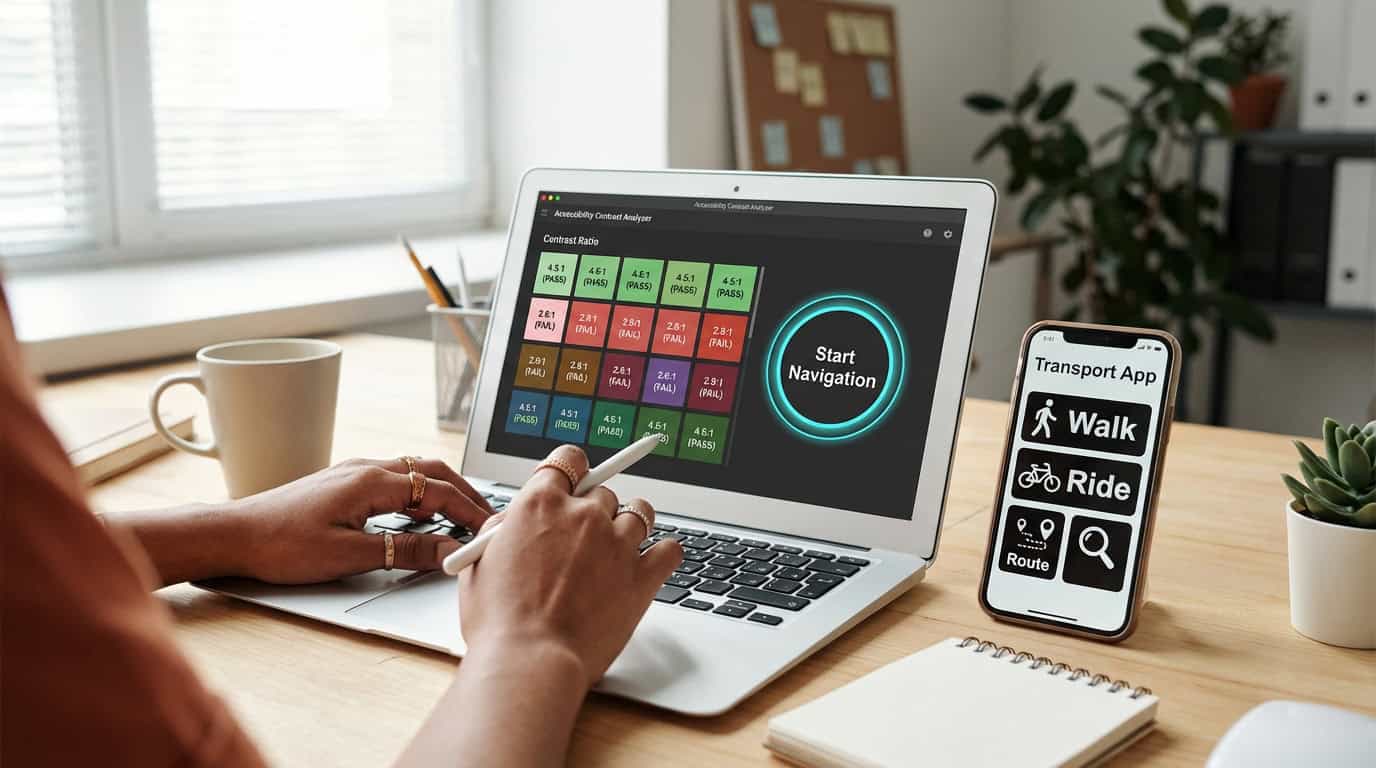SEO is one of the most important aspects of running a successful website. If you want to get traffic to your site and to rank high in Google, Bing or other search engines, then you need to optimize your site properly. If you are not sure how to exactly do this, you should keep reading to know some ways to boost your search engine optimization.
What is SEO?

The term SEO stands for Search Engine Optimization. This refers to the practice of improving the visibility of websites in organic (“natural”) search results. This means optimizing your content and linking strategies to increase the likelihood of being found by potential customers. The process of achieving top rankings on SERPs (search engine result pages), such as those that appear on Google, Bing and Yahoo!, involves both technical and marketing efforts.
Technical factors include things like server speed, HTML code, and the number and quality of links leading back to a site. Marketing factors include the type of content and the inclusion of relevant keywords.
Once a web page has been optimized, the goal is for it to be ranked higher than competing pages in search results. The idea behind SEO is to create a good user experience for users when they’re searching online. Good SEO practices should not only focus on increasing traffic but also on engaging your audience.
There are several ways to boost your SEO. Some of them include creating quality backlinks, optimizing your meta tags, using keywords in your title and description, and writing unique content.
What are the best ways to boost your search engine optimization?
Boosting your SEO can take time. There’s no magic formula that will guarantee success overnight. However, there are certain techniques that you can use to help improve your chances of ranking well in search results. Here are 10 ways to boost your SEO:

1. Create Quality Backlinks
Backlinks play an important role in boosting your SEO. They help improve the ranking of your website in search results.
You can get quality backlinks by submitting articles to blogs that have relevant topics with high authority.
You can also create links from your own blog to other websites that provide value to users. For example, if you write about health tips, you can link to health-related sites like WebMD.
A good link from another website is worth much more than any paid advertising campaign. But don’t just throw links into your page randomly; instead, try to build relationships with other bloggers and websites so that you can exchange value with them.
2. Optimize Your Meta Tags
Meta tags are small snippets of text which are HTML elements that describe your webpage. These tags are used by search engines to determine what information to display when someone searches for something related to your page. They appear at the top of the browser window when someone types a keyword into the search bar.
Meta tags should be optimized so they match the words people type in their search queries. For instance, if you sell shoes, you might add “shoes” as a keyword tag. You could also add “men’s shoes”, “women’s shoes”, and “kids’ shoes”.
When adding these tags, make sure that the words you choose are descriptive and contain keywords that people would use to find products similar to yours. If you do this correctly, you’ll see an improvement in your search engine optimization.
3. Use Keywords Strategically
Keywords are one of the most important aspects of SEO because they allow search engines to understand what your page is all about. If you want to rank highly, make sure your title and content contain the right keywords. The better your titles and contents are written, the better your rankings will be.
However, when you use keywords, you must do so in a strategic manner, spreading it throughout your content. Make sure that the words you choose are relevant to your business and that they appear naturally within the text . Avoid overusing keywords; instead, focus on writing unique and engaging copy that keeps readers interested. If you overuse keywords, you risk appearing spammy or even worse, being penalized by Google.
4. Include Long-tail Keywords
When it comes to search engine optimization, long tail keywords are king. These keywords are searched less frequently than short tail keywords but bring in higher quality traffic.
Long tail keywords are usually longer phrases that contain two or three words. They’re typically harder to rank for because there are fewer searches performed per month. But this means that people who do perform those searches are more likely to buy what you sell.
Long tail keywords are great for increasing conversions. A study conducted by Wordstream found that when businesses added long tail keywords to their sites, they saw a significant increase in sales.
5. Write Unique and Quality Content
The best way to improve your SEO is to create quality content for people who actually care about what you have to say. You can use tools like BuzzSumo to find out which topics are trending right now. Then, write articles on those topics and make sure they’re well-researched and original.
If your website contains duplicate or plagiarized content, Google may penalize your site. This means that your site won’t show up in search results and visitors will not click through to your pages. To avoid this problem, use a tool like Copyscape to check your work before publishing it online.
Writing original content takes time and effort. However, it pays off because it helps improve your SEO. When writing content, keep in mind that you need to include keywords strategically. Also, make sure that you’re not repeating yourself too often.

6. Include Images
Images are great for improving the look of your pages and making them more attractive to users. They also help boost your SEO because search engines love images. In fact, studies have shown that pictures receive twice as many clicks as plain text.
To optimize your images, take advantage of free image editing software such as Canva and PicMonkey. Both offer drag-and-drop features that let you easily edit images with ease. You can also use the alt text feature to describe each picture. See to it that the alt text description will include relevant keywords to further boost your SEO.
7. Add Video Content
Video content is one of the best ways to attract attention and increase engagement on your website. If done right, video content can increase conversion rates by as much as 200%.
You should try to add videos whenever possible. However, keep in mind that not all types of content work well on every platform. For instance, YouTube doesn’t allow embedding videos on blogs or other platforms that aren’t specifically designed for videos.
You can also use tools like TubeBuddy to find the most suitable platform for your videos.
8. Use the Power of Social Media
It’s easy to forget how powerful social media marketing can be when it comes to SEO. By sharing interesting blog posts and news stories on social media sites such as Facebook and Twitter, you’ll start building relationships with influencers in your industry. When you share their content, they may share it back to their followers, which will help spread the word about your website even more.
Another way to use social media to boost SEO for your website is by adding social media icons. Social media icons make your website look more professional. People often visit websites that have social media icons.
9. Improve User Experience
Users hate slow websites. They also dislike having to click through multiple pages before getting the information they need. Keep your site fast, clean, and simple.
Remove unnecessary elements from your webpages. For example, if you don’t need to display an entire list of products, consider using a table instead.
There are many ways to improve the experience of the visitors to your website. You can use plugins such as W3 Total Cache to speed up your site and make it easier for users to navigate. You can also use a plugin called PageSpeed Insights to see where improvements can be made. Additionally, you can use a tool like GTMetrix to test your site’s performance.
10. Create a Mobile Friendly Website
Mobile traffic has been growing rapidly since 2012. According to Statista, mobile traffic increased from 15% to 43% between 2011 and 2016 alone. It’s no surprise then that Google has started rewarding websites that are optimized for mobile devices.
If you want to boost your SEO, create a responsive website. Responsive design allows your website to automatically adjust its layout based on the device used to view it. It makes your page load faster and looks better on mobile devices. The result? Users get a better user experience.
Conclusion
Search engines are a powerful tool for finding information online. But unless your site has high rankings in search results, people won’t know to visit your site. SEO is one of the best strategies to rank higher in search engine results. There are plenty of things you can do to optimize your website, but these ten tips are some of the best ones out there. Follow them, and you’ll start seeing results very soon.
Want a more detailed guide to SEO? Read this.



